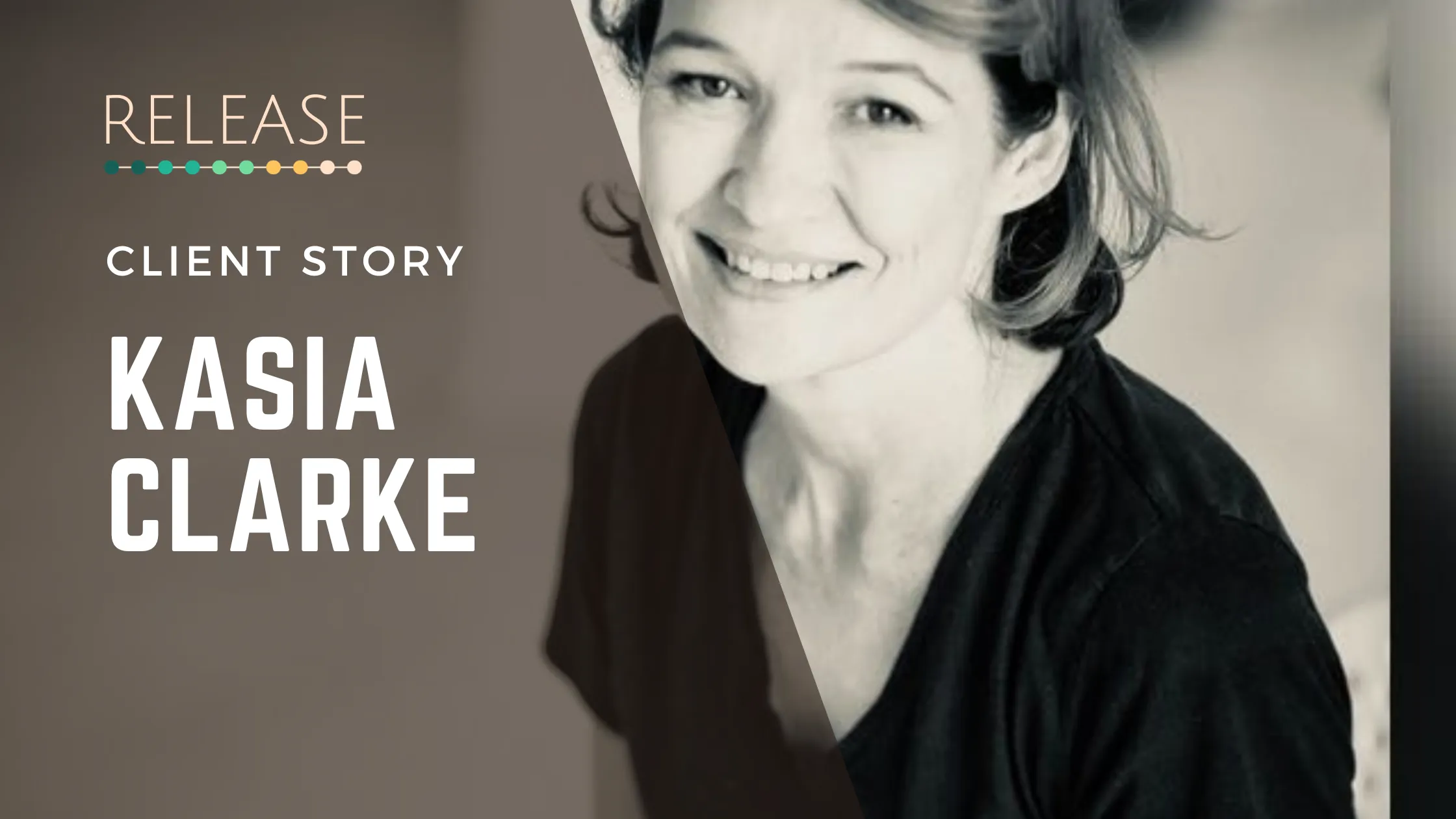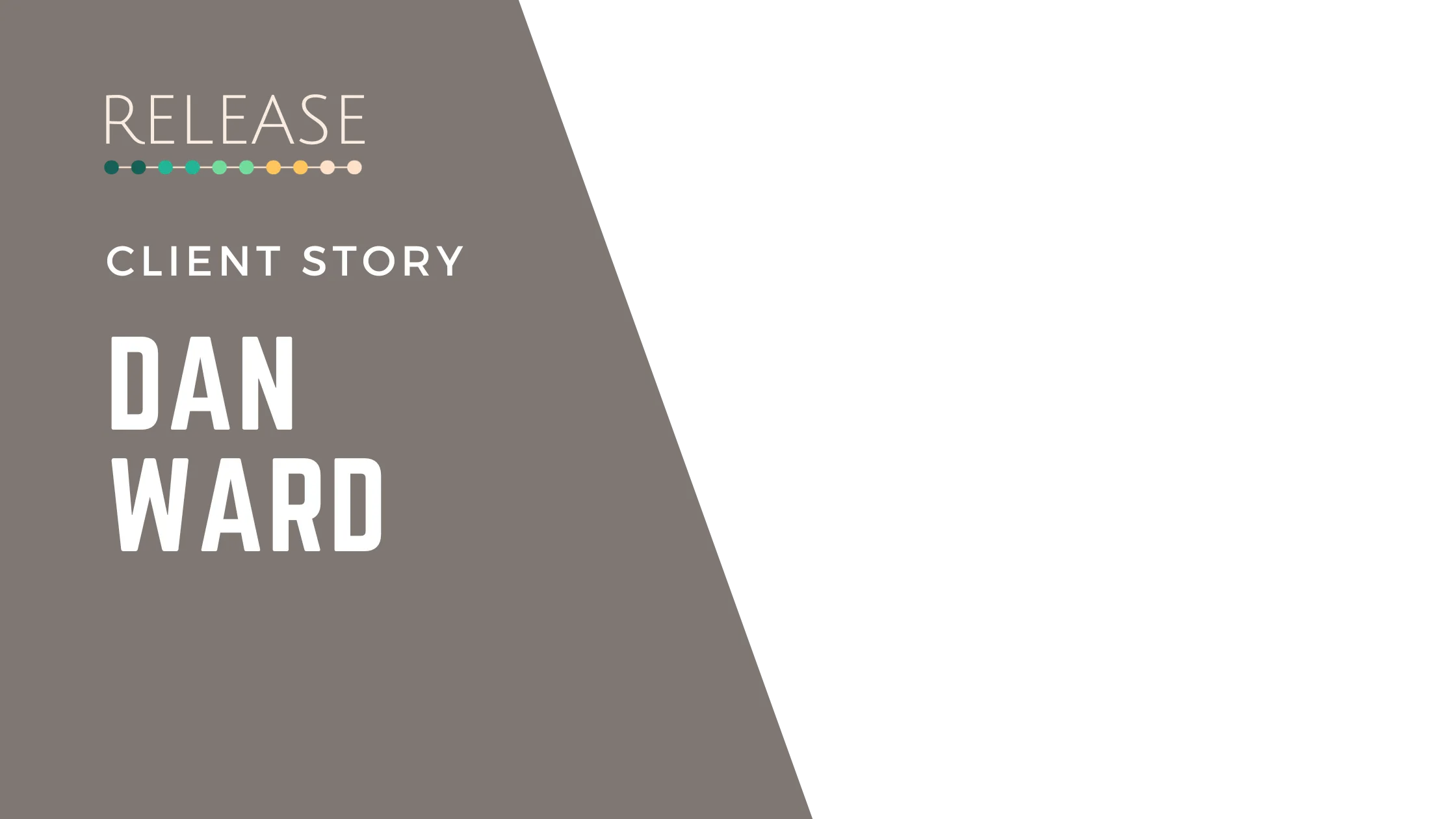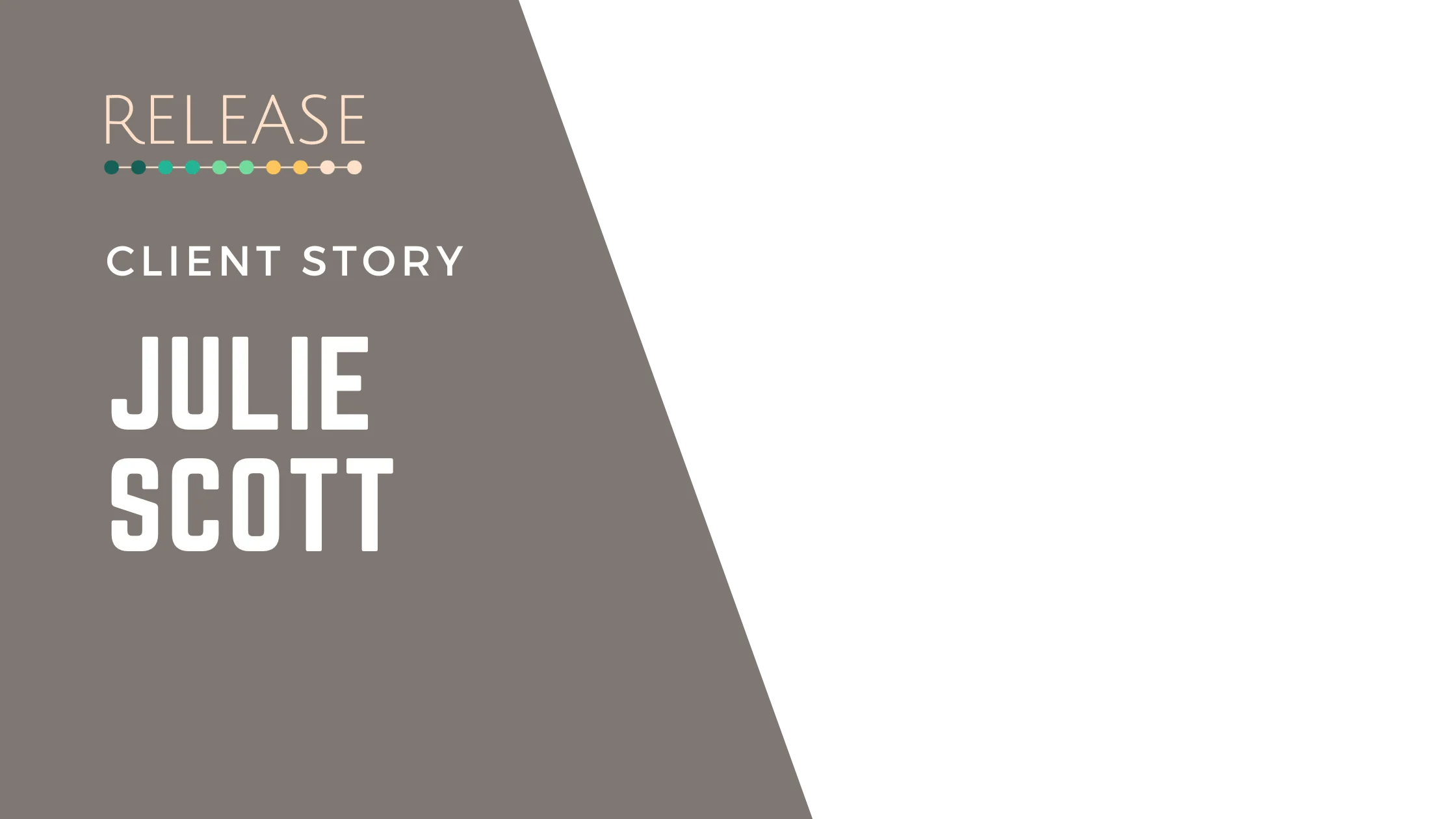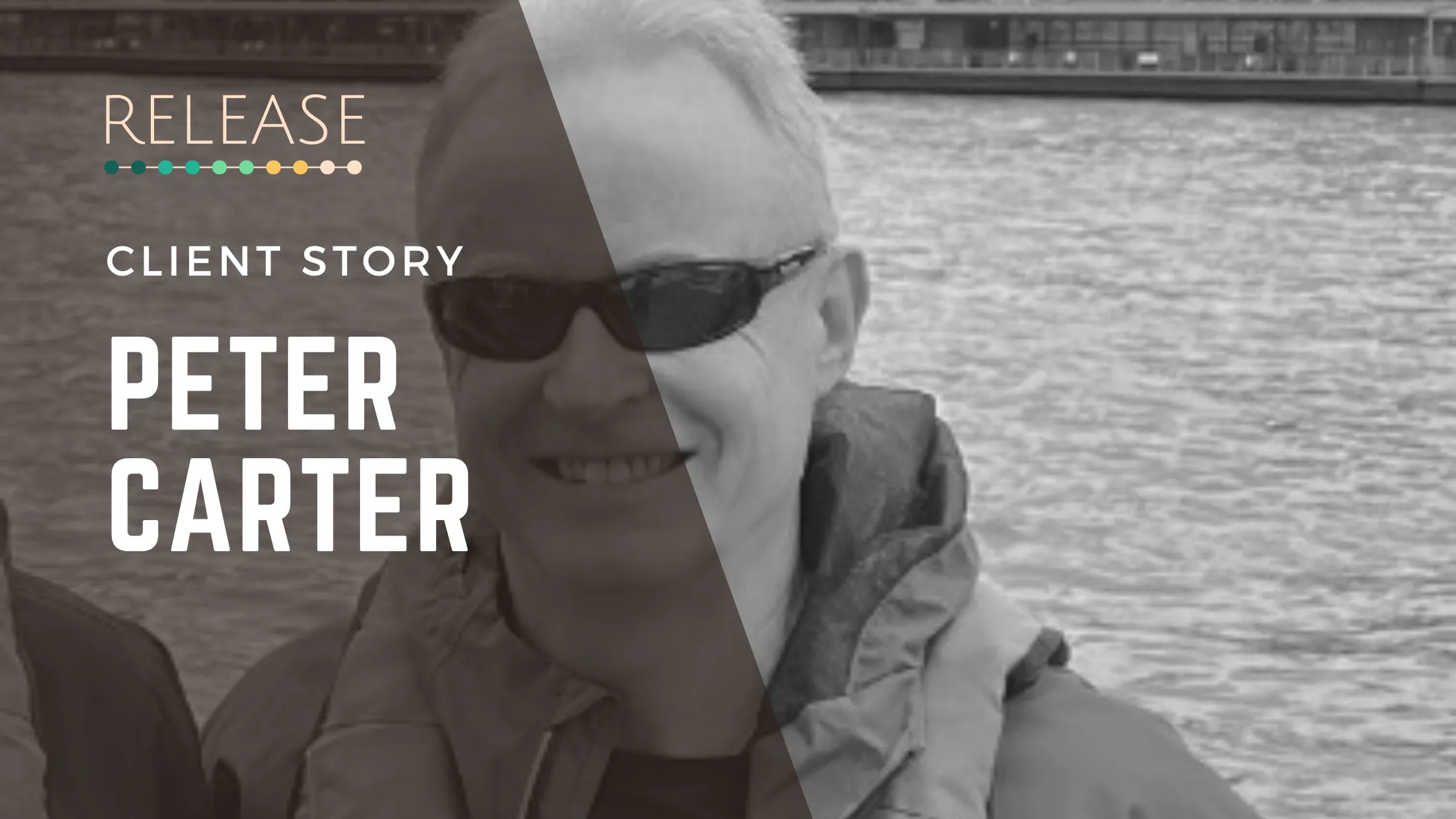This Is How I Went From 15 Years Of Hip Pain To No Hip Pain With Somatics
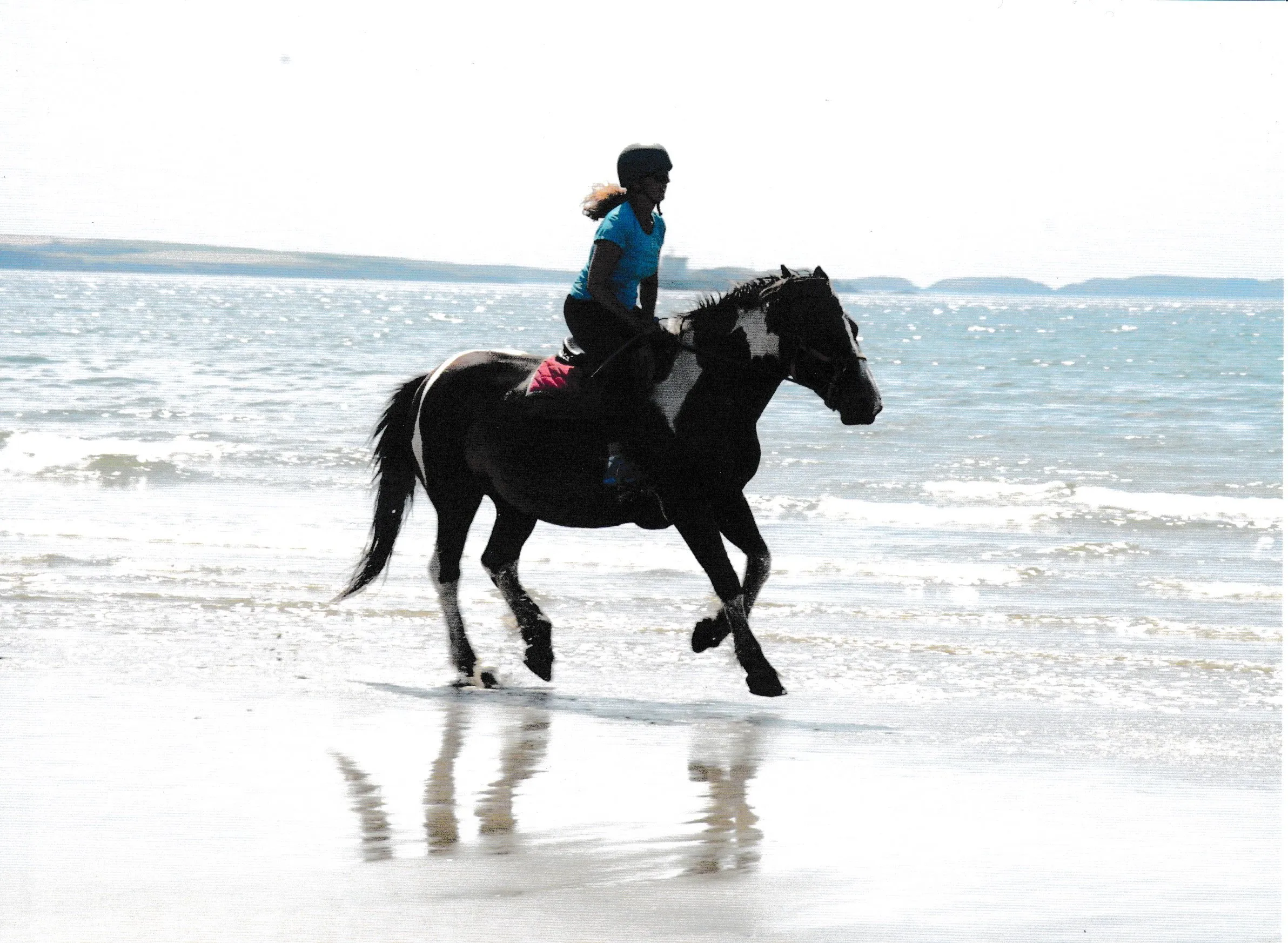
I love reading other people’s stories and getting a behind-the-scenes look at what they did to overcome their health issues.
And so this is me pulling back the curtain on the things I did once I’d found somatic education - the turning point for me, bearing in mind I’d tried physio, been to many an osteopath, chiropractor, had massage, and whole bunch of other wonderful therapies that had no lasting effect. And I'm a yoga teacher.
Let’s dive in!
1. I worked with a Clinical Somatic Educator
I don’t believe you have to invest in help straight away but for me it was non-negotiable. It turned out to be the right decision and I’d say it was the single biggest contributor for me getting to the root cause of my pain.
Before this I had absolutely no idea how the brain and muscles are programmed to respond to stress, injury and pain. I had an inkling that I was in protective movement habits, but I hadn’t appreciated that ANY event can be interpreted as stress depending on how it’s received by the brain - positive stress when lots of things are happening and life is busy busy, negative stress when there is a lot to worry about, as well the trauma of injury, accidents or surgery. There was more to it than I’d realised.
As we chatted through my symptoms I remember feeling this huge sense of relief. The reality that there was a logical and sensible reason why I still had pain after 15 years was like a fricking revelation. Not only that, I could do something about it that didn’t involve any of the fails I’d tried before.
She helped me connect to parts of my body that had gone ‘offline’ - parts that I had no voluntary control over - and I felt immediate results. Those first few months set me on a path of discovery and recovery!
2. I bought Thomas Hanna’s book, "Somatics"
…which I read from cover to cover (and have done many times since). Geeking out on the neuroscience backed up what I was experiencing physically, even though I didn’t fully understand it yet. It fuelled my enthusiasm and spurred me on. The movement instructions with the wooden figures weren’t that clear, so I was grateful to have the help of a coach.
3. Practiced for 20 minutes everyday
I made the ‘homework’ a priority. The slow, yawn-like movements to reset the brain’s control of my muscles took some getting used to, and I over-did it a lot at first. It was hard to move that slowly.
The ‘aha’ moments came in waves. Just that daily act of teaching my brain was a game-changer in bigger scheme of things. Plus it made me feel so good - another big motivation.
This is something I insist my clients do if they come and work with me. So often people tell me they’re worried about doing it wrong or not having time. We can find a way through all of that but the learning process hinges on this so commitment is key.
4. I continued walking daily and teaching yoga…but stopped stretching
At no point did I give up walking, even though sometimes it was still painful. I could relieve pain lying on the floor, but my nervous system hadn’t quite figured out how that related to being upright in gravity!
Stretching was another story. I’d been stretching forever so it was hard to not do it, especially when teaching yoga classes. I’d demo in the usual way and then feel the usual pain! Whenever I went into certain postures, I felt how much tension was there, and how much I was in the habit of overriding and pushing through. I always felt worse afterwards, and I’d never made that connection before (stretching doesn’t reset the brain-muscle feedback loop). It had been keeping me in dysfunctional patterns -another revelation!
I knew I wouldn’t make progress if I carried on, so I made all movements into a mindful ‘flow’ or a pandiculation - the brain retraining method of Somatics.
5. ….and learned the patterns I was stuck in
With time I got clearer and clearer about my habits. I understood it with my intelligence, but it took persistence and patience to actually feel it and get to know what I was doing unconsciously. I’d come so far, but felt like there was a lot still to overcome.
This is why it’s hard to change what’s going on until you do actually sense and feel it (and it’s the reason why someone else can’t do it for you!).
As I came across new blindspots, I’d gradually coax them back into my awareness. Like learning to actually release my back muscles properly.
I also hit plateaus, where I was doing all the right things but still having spasms and pain. By now I was teaching Somatics, so I knew - the choreography, the words to use and how to help people individually - but I couldn’t seem to go any further myself.
Even at the point I was finishing up my 3-year clinical training I found I was still battling with some of the old issues, which did make me question myself. I’d done all this learning yet there were still blindspots. This turned out to be a massive opportunity not a problem.
6. I invested in an awesome Somatics coach
I reached out to one of my passionate colleagues and she encouraged me to join her group.
I jumped into her sessions almost everyday for 3 months straight, which was huge for me. Doing this helped me get out of my own head and learn what it really means to be somatic. I can’t stress this enough - I was getting in my own way by doing too much, trying too hard and going back into old patterns. I was also missing bits that were specific to my personal situation by trying to ‘do it right’.
This is the same mistake I’ve seen with many clients. It can be hard to get out of the exercise mindset which says ‘do more, try harder’. This is one area I coach my clients on over and over again. Doing less and feeling more is a real skill and it takes learning and repetition.
In some ways this was like another beginning for me; It took me from knowing about somatic exercises to knowing about myself. Her coaching helped renew my belief that I could actually keep improving and be back walking, exercising and doing what I wanted without pain and restriction being the focus of my life anymore.
My biggest takeaway from this was that everyone is unique and you’re always going to hit a ceiling so long as you don’t access your OWN patterns.
It boosted my confidence and inspired me to keep going deeper. I finished my training as a Clinical Somatic Educator in much better place because of it.
7. I intentionally stopped focusing on pain or trying to ‘fix it’
I’m the sort of person who wants answers about things, and it’s generally served me well. I’d had such a hopeless experience with doctors and medical professionals, I just wanted three things a) to know what was going on b) not be fobbed off and c) to be able to help myself.
When I looked again at my emotions, because let’s face, pain is emotional, I had to admit I’d become overly focused on it. I was expecting a certain outcome - which sounds reasonable until I realised that this was creating frustration (aka anger!) and a certain amount of fear. Because thoughts and emotions are held in the body through the stress reflexes, this way of thinking was keeping my nervous system on alert- the exact opposite of what I wanted.
Reading John Sarno’s ‘Healing Back Pain’ helped me to clean up my thoughts. I also learnt simple techniques for self-coaching, which I use on myself and my clients, as well as well as daily introspection.
Lesson for you here if you’ve not heard it before: what you focus on grows!
8. I started changing my habits
As my muscles continued to came back online, my awareness increased - a bit like one of those colour by number paintings coming to life. The bigger picture was revealing itself slowing and I started noticing when I would come into old patterns. I saw my physical responses in different situations and looked for the triggers - so empowering to notice this in action.
When under any type of pressure I’d automatically go deeper into my patterns:
There was the arch of my back on one side and the pulling down of my shoulder; hiking up of one hip and a subtle but now noticeable twisting of my pelvis. I walked with a slight lean forwards and my feet would slap down. And the tension - I was massively gripping my hip flexors. And of course I’d been doing it on autopilot for years without realising- no wonder they hurt.
I had this internal vision of the posture I’d adopted which was making me overuse certain muscles (and under-use others). I had more information!! I knew what internal shifts to make to relax those contracted muscles and change my posture in the moment. After all, that’s what I’d been training myself to do..
I don’t buy into this whole mechanical approach to posture because it overrides our natural ability to feel. I didn’t need to brace myself to stand straight like I used to in yoga (when I didn’t have the awareness or control to do it naturally). We’ve got much conditioning around this from lifestyle, upbringing, exercise cues: pull your shoulders back, suck your stomach in. All these habits need to be called out and gradually replaced with better function.
Do I still go in to those old patterns? Of course. Once the neural pathways are established it’s not as if they ever go away…but you can divert the brain away from them by developing and strengthening new ones and keep upgrading the information you’re giving your brain.
9. Developed a ‘new normal’ in myself
I’d check-in with habitual tension every so often, and I found I could keep it to a minimum just by noticing and sensing. I’d done enough practice to be able to voluntarily relax my muscles at will - especially the ones which had been contracted for so long.
Hanna’s work is based on being ‘self-monitoring’ and ‘self-correcting’, and I started experiencing this more and more. There were less and less times where muscles would tighten up enough to bring back pain - especially at night. I stopped having muscle spasms, or waking up with pain. But on the odd occasion I did, I could do something about it.
Posture was more of a challenge. Every time I caught myself hanging out in the action or ‘green light’ reflex, I’d consciously relax my back and neck muscles. If I was hunching as well, I knew I was braced so I’d take a break from what I was doing and relax.
The more I corrected myself, the easier it became not to get stuck there.
10. ….and another pattern would emerge
It was like peeling back layers of habit connected with each stage of life.
And so it goes on…the very act of staying aware and present in my body kept me firmly in the improvement process.
And that’s a wrap for how I got to the root of 15 years of chronic hip pain.
I still have a short daily practice, which I mix up depending on what my body needs, and I always make time to lie on the floor and pandiculate before bed to release tension from the day. In the morning I think through the previous day's movements (motor planning) before I get up, and often that's enough to set me up for the day.
I can ‘reset’ whenever I want, and have a pain-relief on tap. I’m always upgrading my new normal but my goals have changed. Now it's all about ease. My challenge now is doing everything with less effort, whether that be longer hikes, playing my guitar or just sitting at my desk.
A question I often get asked is: how long does it take to be pain-free with this method?
It’s one of those ‘how long is a piece of string’ questions. For me, I’d been in pain a long time and I was deeply in grained in habits of holding and bracing. Professional training both helped and hindered me because I still had some sensory motor blindfolds on. So I’m going to say it depends on you - your past experiences, your mindset and how well you process and integrate the learning. You can get immediate relief…and habits take longer to change.
I had the benefit of experienced educators and mentors -I kept at it and invested in help. I definitely didn’t do it on my own.
I’m completely open about all of the above so if there’s anything you’d like to know, come and join my Facebook Group and ask away.
Ready to start your own journey to pain-free movement?
If you’re curious whether this approach could help you, and you’e not currently committed to another therapy, you can schedule a free 45-minute Possibility session with me. We'll go through what you’re struggling with and how learned patterns could be playing a part in your symptoms. If I think I can help, I’ll tell you know and give your best next steps.
You can book that here.


